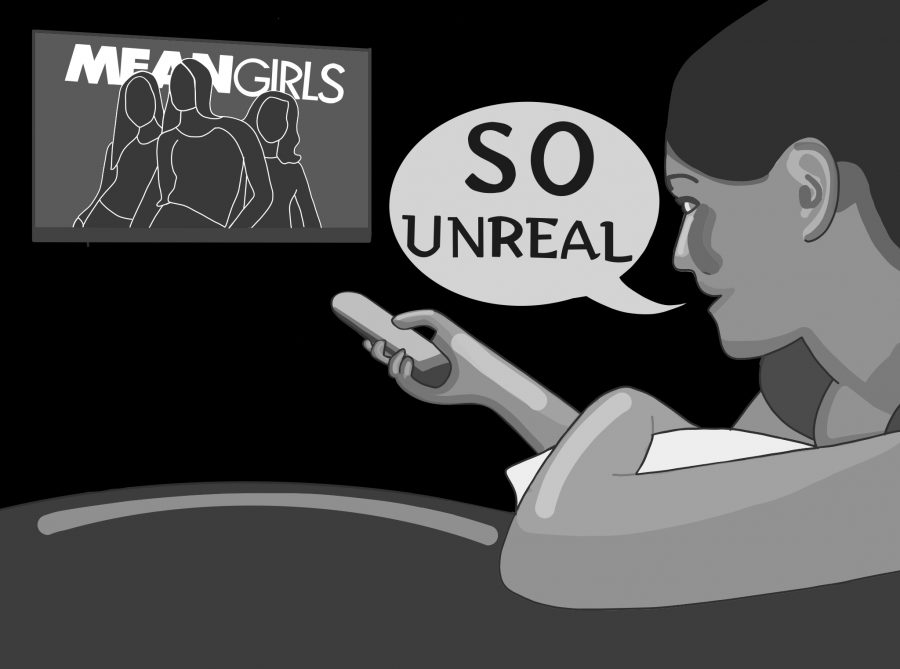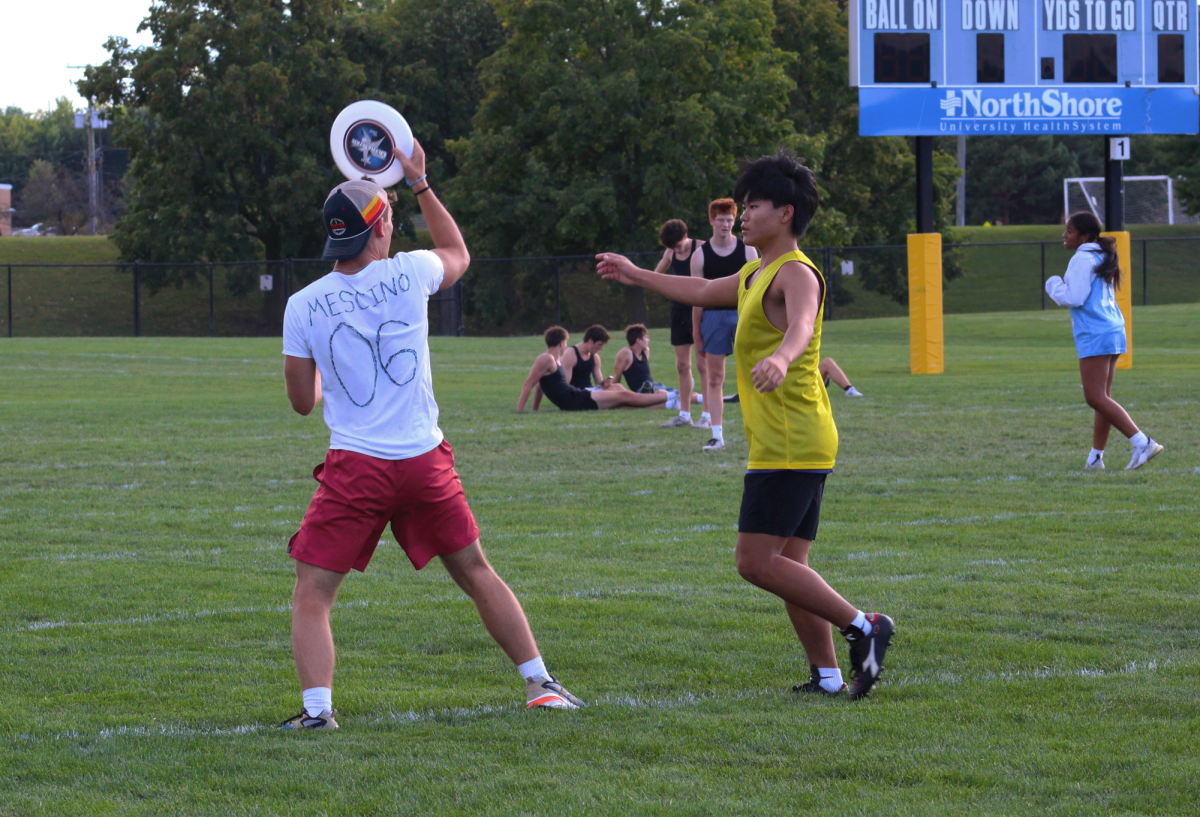By Rachel Zurbuch, Executive Features Editor
When I was eight-years-old, the first thing I thought about high school was that it was exciting. I had just finished watching “High School Musical,” and I was completely obsessed with the idea of being a high schooler, or, as I liked to call it, a “cool kid.”
This phenomenon continued into my middle school years, as I watched TV dramas portraying high school such as “One Tree Hill,” “Gossip Girl,” “Gilmore Girls” and the infamous “Riverdale.”
I had created almost an illusion of what I thought my high school experience would be like based off combining multiple shows and applying them to my daily life.
Now, as I find myself the same age as the teens I’d watched growing up, I realize that while the illusions are nice, they aren’t reality, and they aren’t me … and they aren’t anyone else either.
The differences between high school on TV and high school in real life are numerous; the actors, for example, are drastically different than real high schoolers.
When watching “Riverdale,” I see Cole Sprouse playing a character that’s ten years younger than he is in real life. He doesn’t look like a 16-year-old because he isn’t one.
Junior Hannah Connolly believes that it’s become a “popular trend” for TV shows and movies to select 20-year-olds for their teenagers.
It’s easy to understand why the writers do this; it’s more attractive to have older actors play high schoolers. They look more fun and interesting. However, it pains me how inaccurate it is.
The same is with their fashion choices; every character in “Gossip Girl” wore really expensive clothing to school every day. Even characters in a less high profile society like Brooke Davis or Petyon Sawyer in “One Tree Hill” still rarely wore comfortable clothing, and if they did, it was never to school. But when I look around at my own high school, I see hundreds of kids wearing sweatpants and sweatshirts daily.
All of these examples seem like funny, trivial differences between high school in real life and high school in TV or movies, but for me, it made a big impact growing up because of the image it creates. The image that isn’t real.
Americans have huge access to TV and movies; according to USA Today, the average American will watch over 5,000 movies in their lifetime.
Therefore, it’s no wonder why entertainment is such a huge part of American society today. Millions of teenagers grew up watching TV shows and movies like “High School Musical” and “Mean Girls,” in which high schoolers are seen as elite, gorgeous and perfect. High schoolers may embody those traits in real life, but in different ways.
Connolly believes that these major differences are what contributed to her misconceptions going into high school. Senior Oliwia Cieslak thought going into high school that she would find drastic social groups, but, now, she finds she can be friends with many different people in different groups.
Connolly found that TV shows and movies either show high school as an awful experience or wonderful experience, but, regardless of which direction taken, it’s never unique.
This is shown in many popular tropes depicted in TV shows and movies. In “Riverdale,” “One Tree Hill,” “Mean Girls,” “Gossip Girl” and many more, they all have the same few things in their storyline: parties, relationships, gossip, etc.
While those things do exist in real life, they aren’t the most common hardship for real high schoolers –– schoolwork and stress are. Instead, TV shows and movies mostly represent students’ lifestyles as very socially orientated.
For example, in “Gilmore Girls,” high schooler Rory Gilmore spends a lot of time studying, but does she struggle with her classes? She does — once. In “Gossip Girl,” all of the characters get into Ivy Leagues, even when some of them don’t study.
A huge part of being a high school student is struggling with your classes. Every day, my friends and I have to help each other with homework and studying because we don’t always understand. And that’s OK. That’s what being a high school student is.
Some TV shows and movies do show teenage hardships such as finding friends and health related issues, and I applaud them for that. That’s important to talk about, but this aspect–the most important one–isn’t shown. The real lives of students, a lot of which focus on academics, aren’t shown. Instead, a “glorifying” lifestyle is represented.
“No one’s going to pull up a movie [that is] three hours straight of someone studying for an exam, or someone preparing or stressing out for the SAT because it’s too real,” Cieslak said.
Real life high school isn’t glamorous, but, ultimately, it’s better for us. We may not live in a world full of glamour, but the teenagers at Prospect High School like myself live real, normal lives.
Even though I wanted to be a TV high school student for the longest time, I now know that while it may be fun, it’s not fulfilling.
Categories:
Real high school experience differs from TV perceptions
72 Views
October 31, 2019
0
Donate to ProspectorNow
This coming fall, we plan on traveling to the 2025 National High School Journalism Convention in Nashville, Tennessee, where we'll learn from professionals and get better at what we do: making the best multimedia student journalism in the state. If you've ever found anything of worth on this website, please consider donating to offset the cost.






































































